What if the State of California were to enact a law prohibiting Greenwashing ?
If the State of California were to enact a law prohibiting Greenwashing (eco-exaggeration), I estimate that 80% of the claims made by printer, ink and media companies from 2010 through today in 2012 would be illegal.
So the purpose of our new initiative here at FLAAR is to offer printshop owners, managers, and printer operators, and to distributors and manufacturers, more realistic guidelines on what constitutes Greenwashing (what we prefer to call eco-exaggeration).
Greenwashing is defined easily, it is (generally) when a corporation tries to cloth itself, via PR releases, via sponsoring “green” events, or via petty painting their expo booths green (and showing grass on their product wraps).
Greenwashing is when a company tries to bamboozle the public by the manufacturer claiming that its products and/or as a corporation is eco-friendly.
Greenwashing is usually embarrassingly obvious:
The idea is to have a standard list of truly unpleasant chemicals:
- Green packaging
- Green symbols
- Green claims
- Showing green grass
- Showing green tree leaves
- Showing an image of the Earth
If you are really earth friendly, you would not be selling snake oil to begin with.
Ecology is more than only GREEN, true eco-systems are red and yellow, orange and lavender.
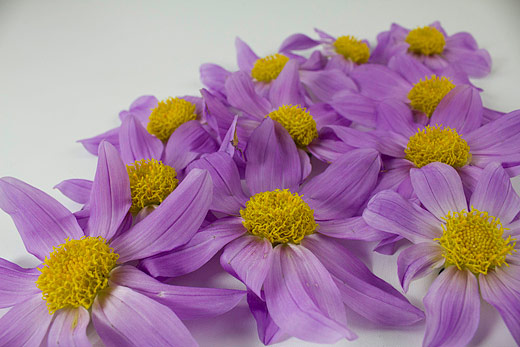 |
Dahlia imperialis Dalia lavanda in FLAAR studio photographed by Sofia Monzón. |
A company is usually stalking the eco-friendly kitsch when they show green grass or tree leaves. If these commercial money-grubbers every got far enough from their office desks they might learn that the true eco-system has red and yellow, orange and lavender.
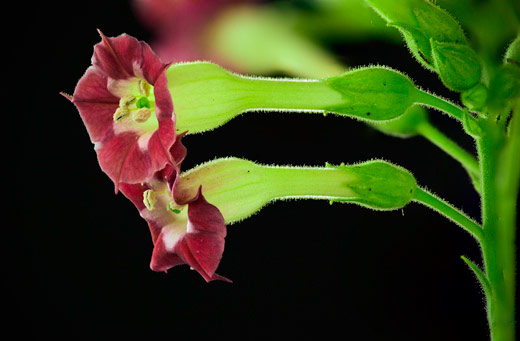 |
Nicotiana rustica flor de mapache in FLAAR estudio photographed by Sofia Monzón. |
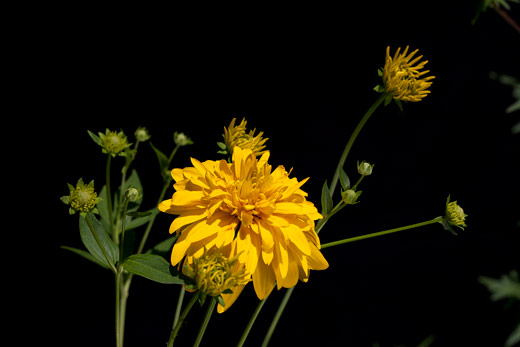 |
Tagetes erecta Flor de cempasuchil photographed by Nicholas Hellmuth. |
FLAAR actually works in eco-systems
We work in mangrove swamps; we work with cactus species out in the deserts (Guatemala even has a local variant of the Gila Monster of Guatemala; we study the tropical Guatemalan Rio Motagua variant up-close and personal: we have permits with the zoo to have these creatures out on a table directly in front of us: no cage, no restraints).
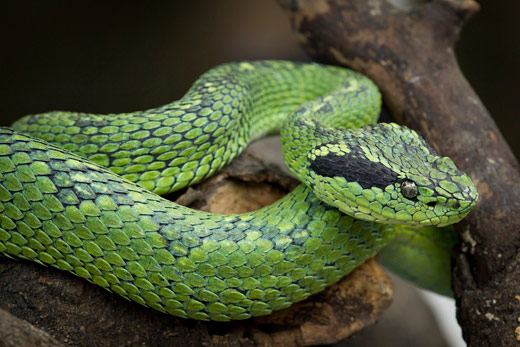 |
Botriechis aurifer gushnayera, photographed by Sofía Monzón from FLAAR team. |
We bring the reptiles out; we work with snakes, scorpions, spiders, and venomous toads. The toads do not release their venom if they do not feel threatened. I hold them in my hands when studying them.
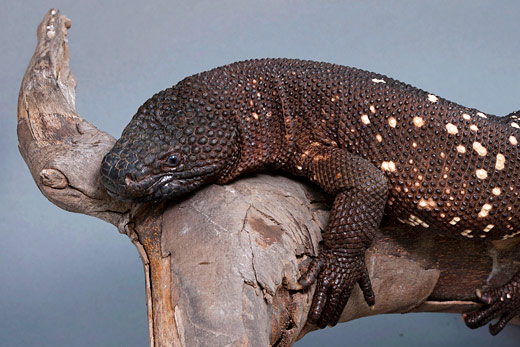 |
Heloderma horridum, falso escorpion, photographed by Nicholas Hellmuth. |
With spiders we hold the giant tropical tarantula also in my hand: no gloves.
So we at FLAAR actually work in diverse eco-systems. Thus please excuse us if we don’t swallow the utter nonsense that latex ink is eco-friendly. It is a practical ink to get away from old-fashioned carcinogenic full-solvent ink. HP latex ink offers the significant advantage of being fully dry by the time it passes through all the electrical heaters and multiple curing systems.
But the original recipe of latex ink was simply a different kind of solvents: sure, less solvents. And this is a good first step. But, sorry, most ink chemists do not accept latex as actually a water-based ink.
So if you wish to learn more about inks which are a tad more eco-friendly, that is what we are working on. But we are also working on inkjet printable media and substrates.
Eco-friendly media and substrates: definition and discussion
Most media which replaces PVC is eco-friendly. We fully understand that PVC vinyl is reasonable cost and works with most inks today. But year by year there are alternatives. These alternatives we wish to provide to the one million people who read the FLAAR Reports.
Month by month, as we are invited to visit companies who manufacturer or distribute eco-friendly media and substrate products, we will showcase our FLAAR Report evaluation of this company and their media or substrate.
Fragile environments do need assistance
Near the FLAAR office the local electrical company used chain saws to obliterate part of the beautiful forest which surrounds this part of the suburbs. This is typically American, cut trees to make sure the branches don’t fall on electrical lines. Clearly the electricity is judged more useful than the unfortunate trees.
Our housing complex also used chain saws for so many months to obliterate even more trees that our apartment had sawdust like smog. In distinction, on our family farm in the Ozark mountain area me and my sister have voiced concern when we note anyone cutting down trees for any reason that smacks of making a financial profit because the trees were cut.
True eco-friendly concerns include sensible birth rates as a top need, though obviously lots of people blissfully ignore this aspect. Over population is rather clearly a reason for obliterating the land for cities and construction. The result is asphalting land at an endless rate. Plus crime rates rise because there is no way to find jobs for all the next generation. But our focus is eco-friendly products, so I will do my best not to get bogged down in a reality check about over population.
But the point is, our children will face the consequences of our decisions today. It helps if you preserve the environment, out in the real world (and not just having PR releases show green pastures).
First posted Nov. 14, 2012